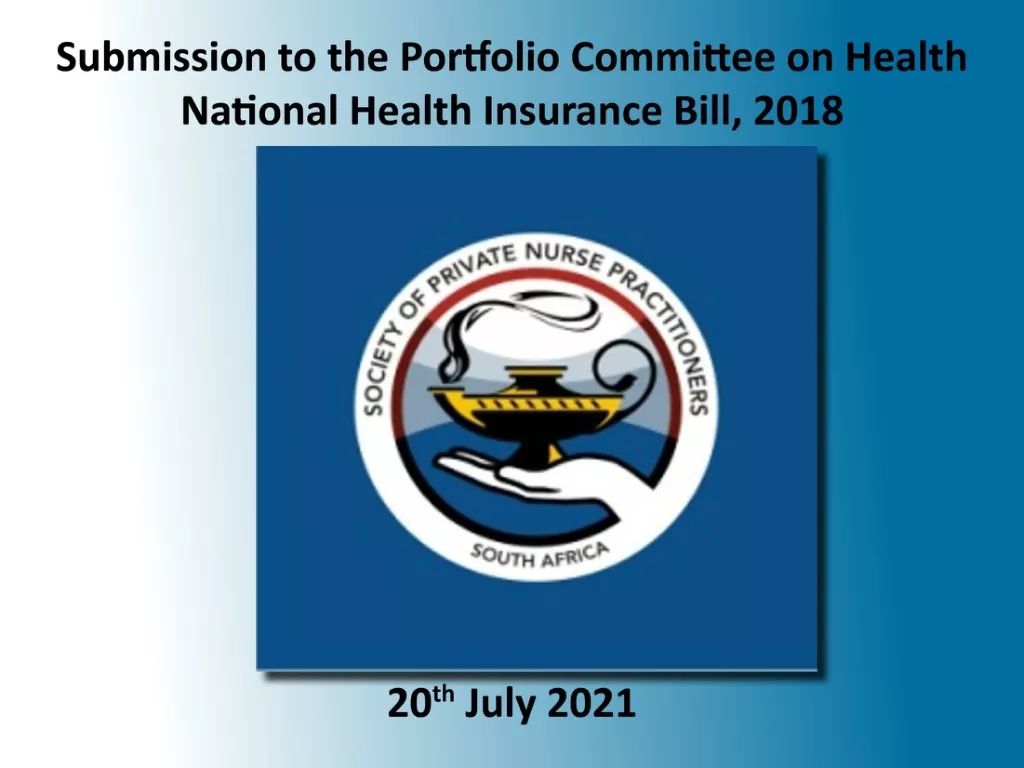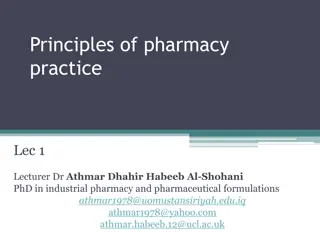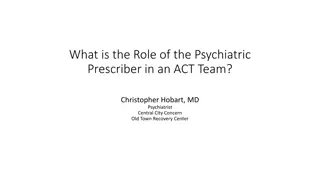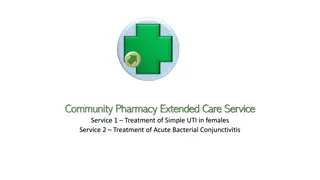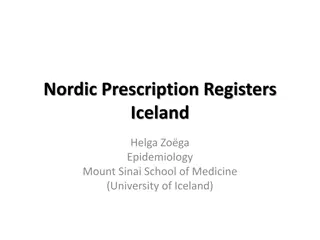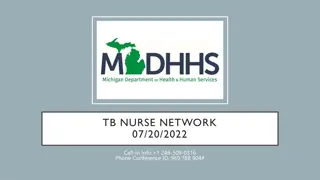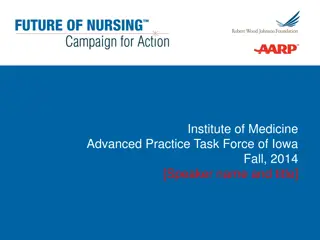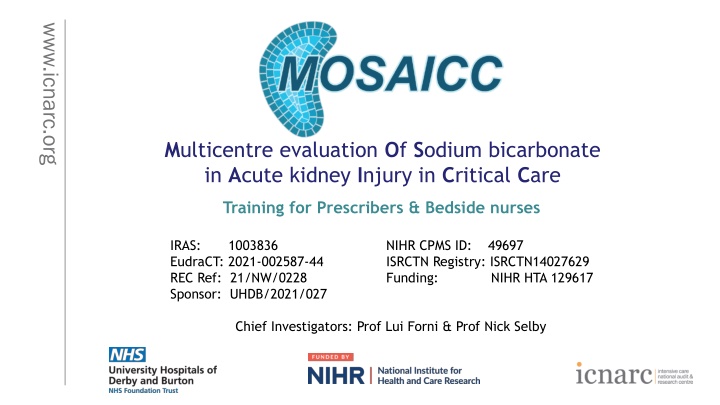
Evaluation of Intravenous Sodium Bicarbonate in Acute Kidney Injury
This multicentre evaluation aims to assess the clinical and cost-effectiveness of intravenous sodium bicarbonate, 8.4% w/v, in critically ill adults with metabolic acidosis and acute kidney injury. The study will compare outcomes such as all-cause mortality at 90 days and incremental costs, QALYs, and net monetary benefit. Inclusion criteria specify adults with metabolic acidosis and AKI, while exclusion criteria include certain medical conditions. The intervention involves intravenous administration of sodium bicarbonate aiming to restore pH levels. Follow the study at www.icnarc.org.
Download Presentation

Please find below an Image/Link to download the presentation.
The content on the website is provided AS IS for your information and personal use only. It may not be sold, licensed, or shared on other websites without obtaining consent from the author. If you encounter any issues during the download, it is possible that the publisher has removed the file from their server.
You are allowed to download the files provided on this website for personal or commercial use, subject to the condition that they are used lawfully. All files are the property of their respective owners.
The content on the website is provided AS IS for your information and personal use only. It may not be sold, licensed, or shared on other websites without obtaining consent from the author.
E N D
Presentation Transcript
www.icnarc.org Multicentre evaluation Of Sodium bicarbonate in Acute kidney Injury in Critical Care Training for Prescribers & Bedside nurses IRAS: EudraCT: 2021-002587-44 REC Ref: 21/NW/0228 Sponsor: UHDB/2021/027 1003836 NIHR CPMS ID: 49697 ISRCTN Registry: ISRCTN14027629 Funding: NIHR HTA 129617 Chief Investigators: Prof Lui Forni & Prof Nick Selby
Aim To evaluate the clinical and cost-effectiveness of intravenous sodium bicarbonate, 8.4% w/v www.icnarc.org Research question Population Intervention Comparator Outcome In critically ill adults with metabolic acidosis & AKI is IV sodium bicarbonate, 8.4% w/v superior to no IV sodium bicarbonate in terms of - All-cause mortality at 90 days - Incremental costs, QALYs and net monetary benefit at 90 days 2
Patient flow diagram www.icnarc.org Screening Randomisation Safety monitoring Data collection IV sodium bicarbonate, 8.4% w/v No sodium bicarbonate Consent Follow-up 3
Inclusion criteria Patients admitted to critical care units fulfilling the below, at any point during the critical care unit stay: 1. Adult (aged 18 years) 2. Metabolic acidosis (arterial blood gas values of pH <7.30 and PaCO2 <6.5 kPa) 3. AKI KDIGO stage 2 or 3, defined as any one of the following three criteria: Serum creatinine 2.0 times baseline or Serum creatinine 354 mol/L, ANDeither a rise of 27 mol/L within 48 hours or serum creatinine 1.5 times baseline or Urine output of <0.5 ml/kg/h for 12 hours 4
Exclusion criteria (Protocol v4.0) If corrected, patient may be reconsidered for trial 10. Symptomatic hypocalcaemia (Ionised calcium <1.05 mmol/L)* 11. Hypernatraemia (Plasma sodium >150 mmol/L)* 12. Severe hypokalaemia (Potassium <3.0 mmol/L)* 13.Death perceived as imminent 14. Known hypersensitivity to IMP or excipients 15. Previously randomised into MOSAICC 1. Respiratory acidosis (acute or chronic) 2. KRT planned to start within 3 hours and treating clinician(s) unwilling to defer if randomised to sodium bicarbonate 3. Deemed unsuitable for KRT 4. High output stoma/ileostomy 5. Percutaneous biliary drainage 6. End stage kidney failure defined as documented eGFR<15 ml/min/1.73m2 prior to onset of this acute illness or end stage kidney disease (ESKD) on dialysis 7. Known renal tubular acidosis 8. Diabetic ketoacidosis 9. High anion gap acid poisoning (e.g. PEG, aspirin, methanol) Intended to exclude those with pre-existing kidney failure or on long-term chronic dialysis 5
Sodium bicarbonate, intravenous 8.4% w/v Aiming to restore pH to 7.30 Any brand with marketing authorisation in the UK may be used Trial-specific labelling is not required Dispensed in accordance with a prescription (prn up to a max daily dose of 500ml/24 hours) See SOP 006 www.icnarc.org Dosage schedule 50 ml administered over 30-60 minutes Maximum daily dose 500 ml / 24 hours Arterial blood gas should be performed 1-2 hours after each infusion 6
Intervention period Begins immediately following randomisation See SOP 006 www.icnarc.org Intervention will continue until discharge from critical care, initiation of KRT or 90 days, whichever comes first o If patient is discharged and readmitted to ICU, treatment will be at the discretion of clinical staff 7
Intervention flow diagram Randomisation IV 8.4% w/v sodium bicarbonate* No sodium bicarbonate* Repeat sodium bicarbonate infusion, up to a max daily dose of 500ml/24hrs* ABG 1-2 hrs post-infusion pH < 7.30 pH 7.30 Monitor pH for duration of critical care unit stay, initiation of KRT or 90 days, whichever comes first pH < 7.30 pH 7.30 8
Kidney Replacement Therapy (KRT) *Indications to commence KRT may develop following randomisation Initiation is at the discretion of the treating clinician As a guide, KRT may be considered where at least two of the following criteria are present: o Urine output <0.3 mL/kg/h for at least 24 hours o Arterial pH <7.25 despite adequate volume resuscitation, or in the intervention group an arterial pH <7.25 after adequate administration of sodium bicarbonate (defined as sodium bicarbonate treatment for 24 hours and administration of the maximum 500ml/24 hours, as per algorithm) o Hyperkalaemia (serum potassium >6.5 mmol/L) o Fluid overload intractable to diuretics www.icnarc.org 9
FAQs IMP given centrally or peripherally? www.icnarc.org o Ultimately depends on your Trust guidelines but the investigators agree 8.4% w/v sodium bicarbonate would usually be given centrally, though a dose in an emergency could initially be delivered peripherally Do prescribers need to be GCP trained if they are only going to prescribe? o If prescribing is part of their job, they will not require GCP o However, they will have to have undergone training in the study protocol and procedures and be signed off on the Training Log 10
www.icnarc.org Respiratory acidosis Where the pH remains <7.3 and the PaCO2 has risen to 6.5 then consider a respiratory component to the acidosis The base excess may also support this diagnosis If respiratory acidosis is contributing to the low pH then this would be an acceptable reason for not giving sodium bicarbonate Discuss with the clinical team, to decide whether it is appropriate to administer sodium bicarbonate If not administered, this will be captured on a deviation form on the CRF.
No sodium bicarbonate All treatment determined by treating clinician www.icnarc.org If a patient randomised to no sodium bicarbonate receives sodium bicarbonate, this is considered a protocol deviation o The research team will be expected to record the volume received and provide a reason in the Comments box on the CRF and in a file note If clinician decides to initiate KRT for participant o The research team will be expected to complete the Initiation of KRT CRF 12
Thank you! Any questions? www.icnarc.org mosaicc@icnarc.org 020 7831 6878 https://www.icnarc.org/Our- Research/Studies/Current- Studies/MOSAICC/home 13



